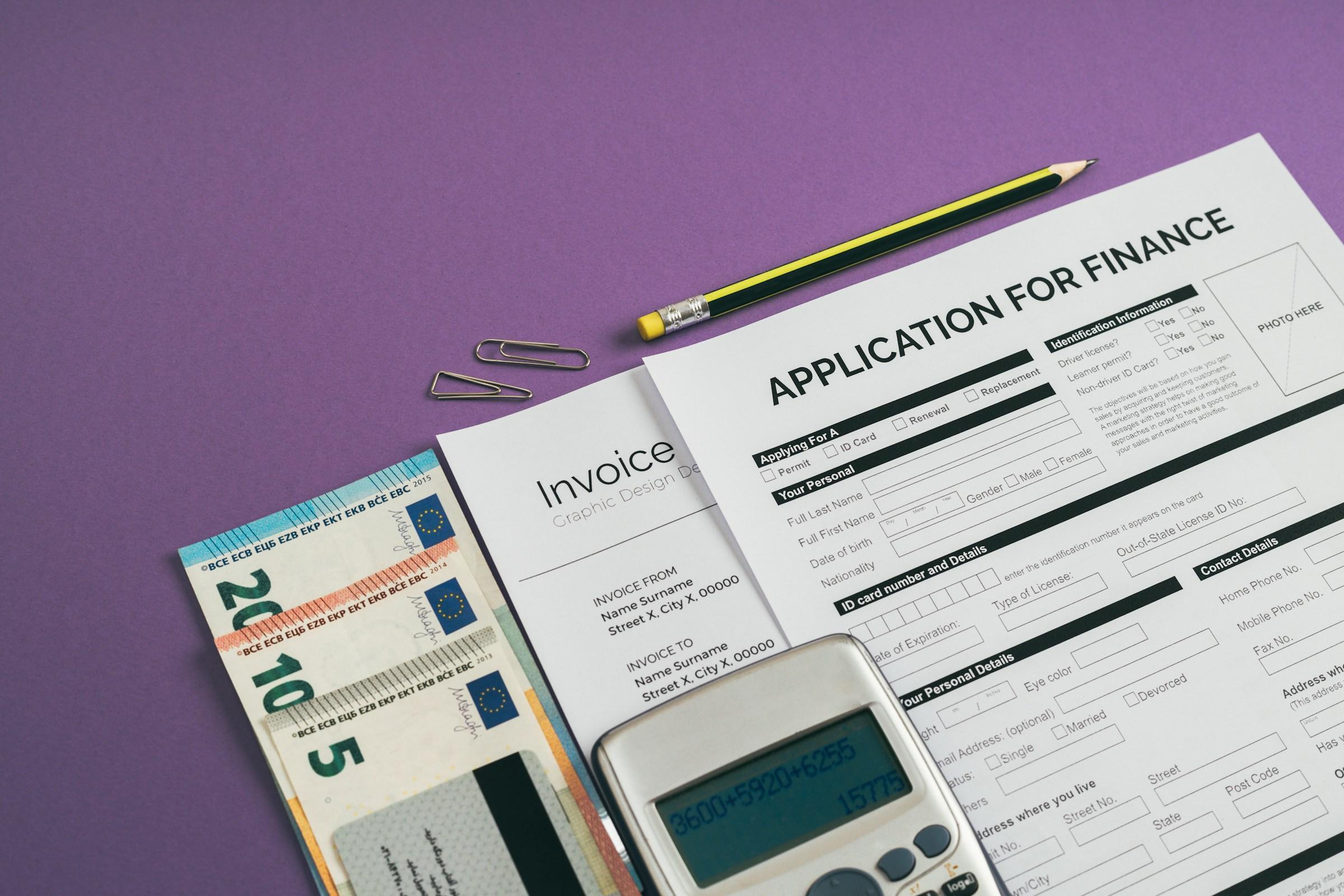You can think of a mortgage lender as a careful matchmaker between your future income and a very long loan. Their job is to assess risk, price it fairly, and deliver the funds that let you own a home while protecting their balance sheet. Your job is to decide how much debt your life can carry without crowding out the rest of your goals. When you understand what motivates a lender, every form, fee, and request begins to make sense. You stop reacting, and you start choosing.
A lender’s workflow begins before your house hunt. Pre-approval is the first handshake. The lender collects basic documents to estimate your borrowing capacity and to signal to sellers that you are a serious buyer. At this stage you share income records, employment details, existing debts, and current assets. The lender runs an initial credit check, calculates affordability, and sets a provisional ceiling. Nothing is final yet, but you gain a realistic price range. Use it as a planning tool, not a hard target.
Once you find a property and submit an application, the lender’s underwriting process starts in full. Underwriting is a structured risk assessment. The team reviews your file to answer two questions. Can you pay on time each month. If something goes wrong in your life or the economy, is the property sufficient security. Your payslips, tax returns, and bank statements support the first question. The property valuation and its marketability support the second. Underwriters do not try to judge your character. They build a case for the loan using evidence that meets policy and regulatory standards.
Income assessment is more nuanced than many buyers expect. A fixed base salary is straightforward. Variable pay, bonuses, and commission income are averaged across a lookback period and may be shaded to reflect volatility. Overtime might be counted only if it appears consistent. Self-employed income is typically averaged across two to three years, with adjustments for business expenses and any one-offs. If you are an expat with foreign income, the lender may apply a haircut to reflect currency risk. None of this is personal. The objective is to model a conservative, repeatable income stream that can service the loan through good and bad years.
Debt assessment sits beside income. Lenders calculate ratios that test your ability to carry the new payment while meeting existing obligations. In Singapore, for example, the Total Debt Servicing Ratio caps the share of your gross monthly income that can go toward debt. For HDB purchases, the Mortgage Servicing Ratio focuses on the housing payment itself. Hong Kong applies high loan-to-value standards and stress tests to shield borrowers from rate spikes. The UK’s affordability tests model your cashflow under higher assumed rates. These rules are not designed to frustrate you. They exist to prevent over-borrowing that could harm households and the wider system.
The property valuation is a separate stream within underwriting. An independent valuer estimates the market value of the home using comparable sales, location, condition, and lease or title particulars. The lender will lend up to a percentage of this value, not simply the negotiated purchase price. If your offer exceeds the valuation, you may be asked to top up the difference with cash or to reduce the loan amount. It can be disappointing, but it protects you from overpaying in a hot market and it protects the bank from lending against inflated collateral.
While the underwriters analyze income, debt, and property, another team focuses on verification. This includes contacting employers, reviewing tax portals where permitted, and confirming that down payment funds are sourced from acceptable accounts. They also review your credit history to understand payment behavior, credit limits, and recent enquiries. If you are early in your career or new to a market and your credit file is thin, the lender may ask for additional evidence or a higher down payment. Think of this as a request for more clarity, not a verdict on your worth.
All of this feeds into pricing. A mortgage rate is the price of money tailored to your risk profile and to the market the lender faces that week. Lenders fund loans in several ways. Some use deposits from their own customers. Some borrow in wholesale markets. Some sell the loans into securitization pools or keep them on balance sheet. When central bank rates move or term funding costs rise, the lender’s cost of funds changes. The spread you pay above that cost reflects your credit profile, the loan size, the loan-to-value ratio, the type of property, and the product features you select. Short fixed periods may be cheaper than long fixed periods. Floating rates may start lower but can reset higher. If you accept features that make the loan more flexible for you, such as offset accounts or generous prepayment options, the pricing may include a modest premium. You are paying for optionality. Decide which options you will truly use.
Fees enter the picture as the visible cost of processing and protecting the loan. You will typically see application fees, valuation fees, and legal or conveyancing fees. There may be a smaller line item for a credit report. If your down payment is small, some markets require mortgage insurance or a guarantee scheme, which protects the lender if the home must be sold in a downturn. It is easy to feel fee fatigue. The antidote is to ask one question each time. What risk or task does this fee cover. If you can see the underlying work, the line item feels less mysterious and you can compare fairly across lenders.
When the underwriter is confident, the lender issues a formal approval. This is a binding offer subject to standard conditions such as clean title, acceptable valuation, and accurate information. Your lawyer or conveyancer coordinates with the lender to complete searches, register charges, and schedule disbursement. The lender releases funds on completion day according to the sale and purchase agreement. You receive the keys, and the bank starts servicing the loan. The visible flurry of emails now becomes a quiet monthly rhythm.
Servicing is the long game of a mortgage. The lender sets up your repayment schedule, collects payments, allocates interest and principal, and updates your outstanding balance. If your rate is floating, the lender adjusts payments when reference rates change. If you chose a fixed period, the lender reminds you before expiry so you can reprice or refinance. Many people ignore their mortgage once they move in. A better approach is to diarise review points. Ask yourself each year whether your loan structure still fits your cashflow and goals. If your income has grown or you have built sufficient emergency savings, a faster amortization can reduce total interest. If your life has become more complex, flexibility might matter more than shaving a few basis points.
What happens behind the scenes after completion is also worth understanding. Some lenders keep your loan on their own books and earn the margin for the full term. Others sell the loan into the secondary market and continue to service it for a fee. If your loan is sold, the legal terms do not worsen. Your repayment obligations and rights remain the same. The benefit to you is indirect. A healthier funding market lets lenders compete on price and features. The tradeoff is that documentation at application must meet strict standards so that loans are easy to pool and trade. This is another reason underwriters insist on clean, consistent evidence.
Life events and market moves create three decision points for borrowers. The first is rate changes. When rates rise, a floating loan becomes more expensive. Fixing a portion of the loan can buy certainty, but fixed periods often come with break fees. The second is income changes. A new job, a career break, or a new dependent may call for a payment structure that shifts more principal to future years. The third is market value changes. If your property value rises, your loan-to-value ratio falls, and you may qualify for better pricing or removal of certain insurance requirements. Each point is an opportunity to align the loan with your plan rather than your plan with the loan.
Because housing systems differ by market, it helps to note a few regional features without getting lost in alphabet soup. In Singapore, HDB buyers using CPF must consider both MSR and TDSR limits, plus lease decay for older flats, which can affect valuation and loan tenure. In Hong Kong, conservative loan-to-value caps and higher stress test rates limit borrowing in a high-price city, which can feel tight but supports resilience. In the UK, lenders model essential expenses more closely and may vary affordability across regions, with special schemes sometimes available for first-time buyers. If you move countries during your loan, inform the lender. Expat status can affect product eligibility and tax reporting, and it is better to manage this proactively.
A good lender relationship feels like a long, quiet partnership. That begins with clean documentation. Provide full, legible statements. Avoid last-minute transfers that make your down payment source look unclear. Share context if your income includes variable components. If there is a brief gap in employment, explain it with dates and a written note. When the underwriter does not have to guess, approvals come faster and pricing is sharper. If your case has a complexity, such as recent self-employment or multiple currencies, work with a broker or a banker who handles such files weekly. Experience shows up in how quickly they ask for the right evidence.
There is also a planning frame that reduces stress. Before you shop, calculate a comfortable payment based on the life you want to live, not just the loan you can technically secure. Map your monthly budget into three buckets. Survival covers essential bills and the minimum mortgage payment. Cushion covers short-term savings and a three to six month emergency reserve. Future-build covers investments and long-term goals. Your chosen payment should let you maintain all three buckets through normal volatility. If a home stretches you so far that your cushion or future-build vanish, the lender may still approve you, but your plan will not thank you.
Questions help. How long will you stay in this home. If you expect to move in three years, a long fixed period with heavy break fees may not fit. How stable is your income. If variable pay drives your annual bonus, a structure with some flexibility or an offset account could smooth cashflow. Do you value optionality. If prepayment freedom matters, you might accept a slightly higher rate in exchange for the ability to accelerate later without penalty. None of these choices are universal. They are personal. The lender can price features, but only you can decide which features you will use.
Finally, it is worth knowing what happens when life goes wrong. Lenders prefer early communication over late surprises. If you foresee difficulty meeting payments, reach out before you miss one. Short-term hardship arrangements, interest-only periods, or temporary payment deferrals may be available in your market. These are not designed to trap you. They are designed to keep a temporary problem from becoming a permanent loss. On the other side of hardship, recommit to your cushion so that a future shock is easier to handle. A mortgage should support your life, not dominate it.
The mechanics of how a mortgage lender works can sound clinical. Underwriting, pricing, and servicing are the visible steps of a system that tries to align a human timeline with a financial contract that may last decades. When you see the logic behind each step, you can work with the system rather than fight it. You gather documents with confidence. You ask lenders to price features you actually value. You review your loan at natural life milestones instead of waiting for stress to force a decision. Slow and clear usually beats fast and hopeful in home finance. The smartest plans are rarely dramatic. They are consistent, flexible, and aligned with the way you live.








-1.jpg&w=3840&q=75)



.jpg&w=3840&q=75)


-1.jpg&w=3840&q=75)